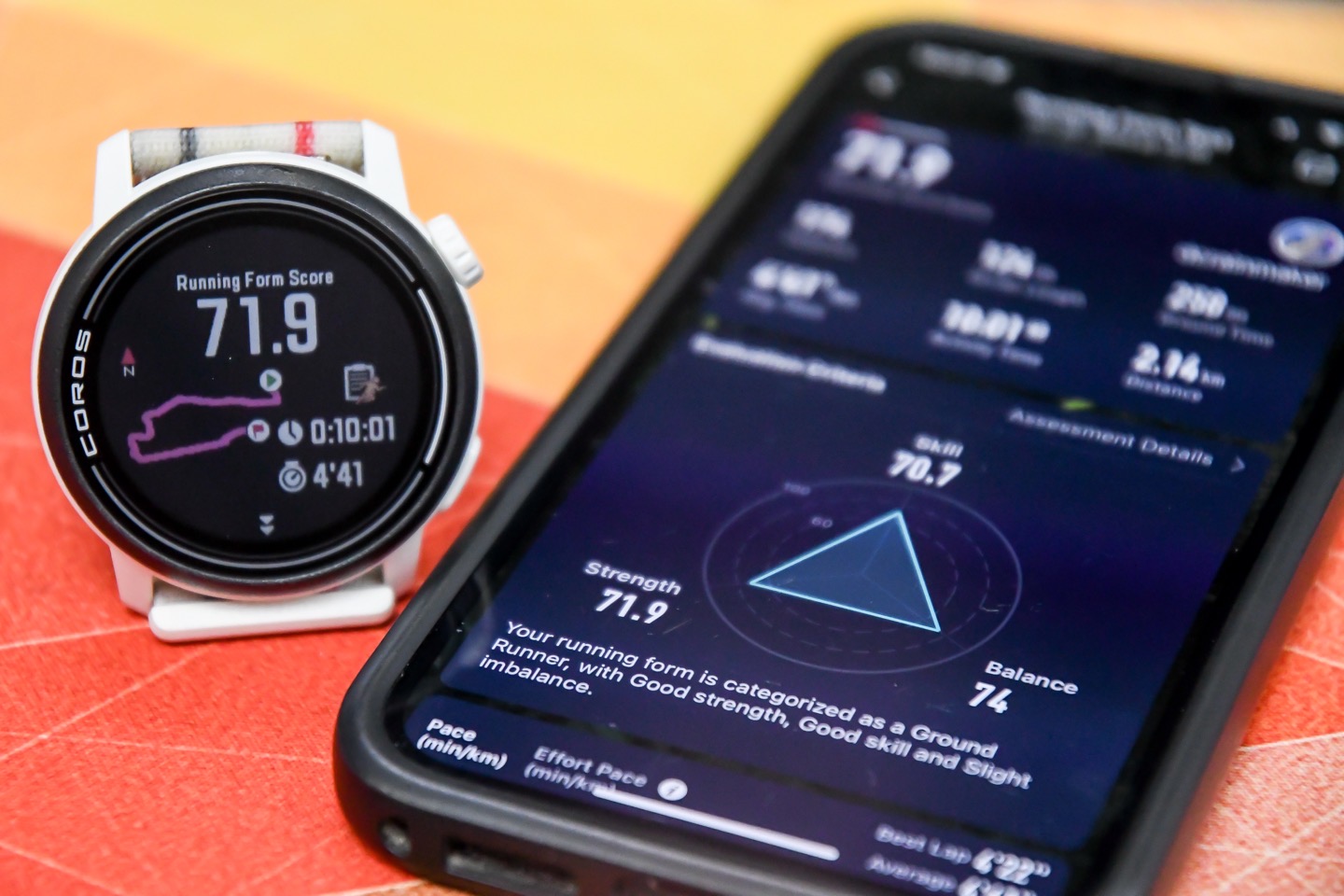
COROS has announced a new firmware update that’s being rolled out in public beta, with a target of early February for production release. The watches being updated are:
– COROS Vertex 1 & Vertex 2
– COROS APEX 2 and APEX 2 Pro
– COROS Pace 2 & Pace 3
As has been the case for a while, the older/original APEX and Pace units are not invited to this party.
There are essentially three core new CORE firmware features, plus some app updates. Let’s start with the firmware features.
Running Form Test:
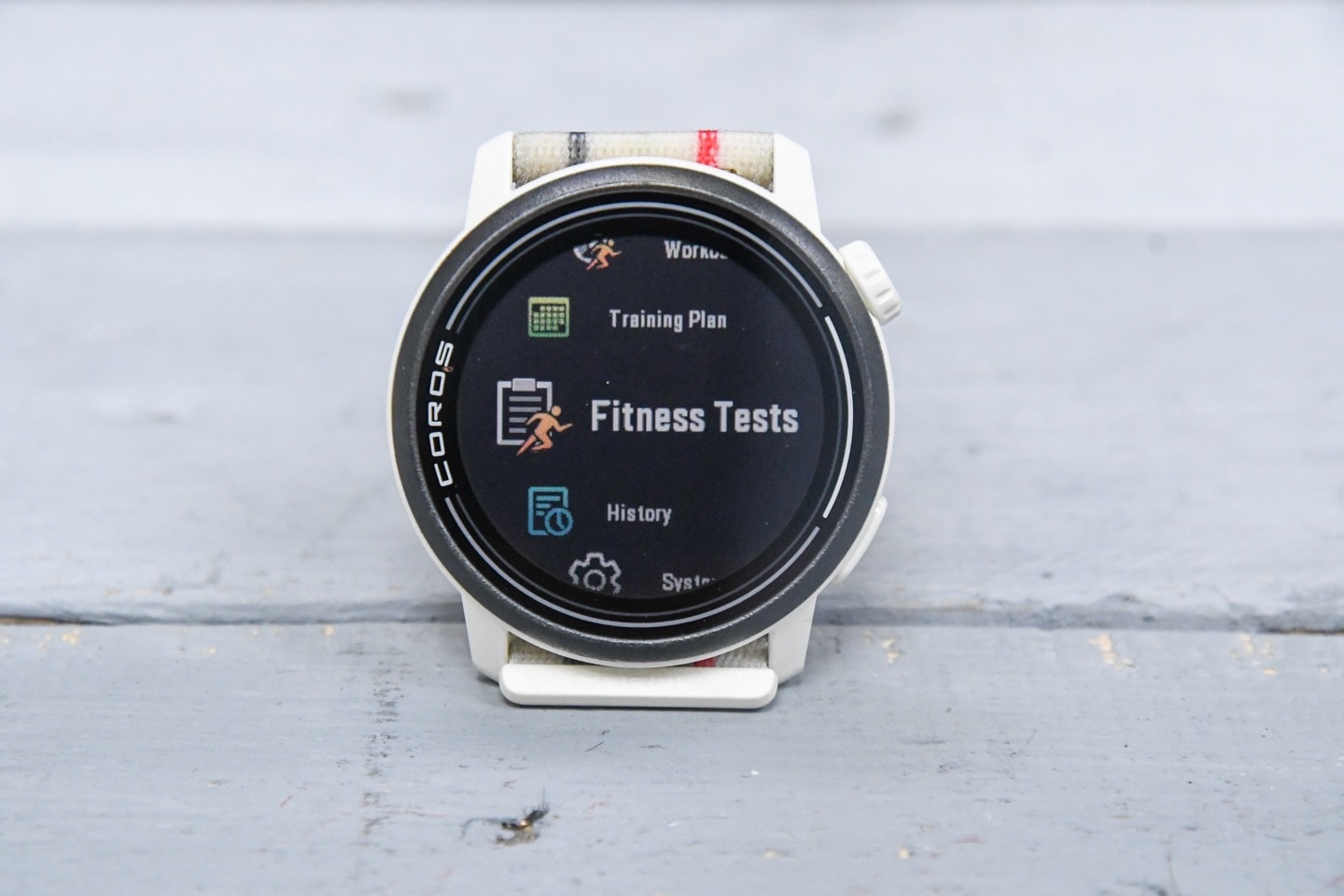
First up is a new running form ‘test’, though honestly, it should really be called a running form ‘analysis’ (or to use other COROS terms – ‘lab’). I say that because I think runners might fear an actual test, when all you need to do here is just run a short period.
Essentially, you’re going to go out and do a run (even as little as 10 minutes) on flat ground. After which, it’s going to give you a pile of stats. Note, however, this *DOES REQUIRE* you wear either the COROS Pod 1 or COROS Pod 2, in order to capture all the data.
To start the ‘test’, you’ll go into the Fitness Test menu, and select Running Form Test:
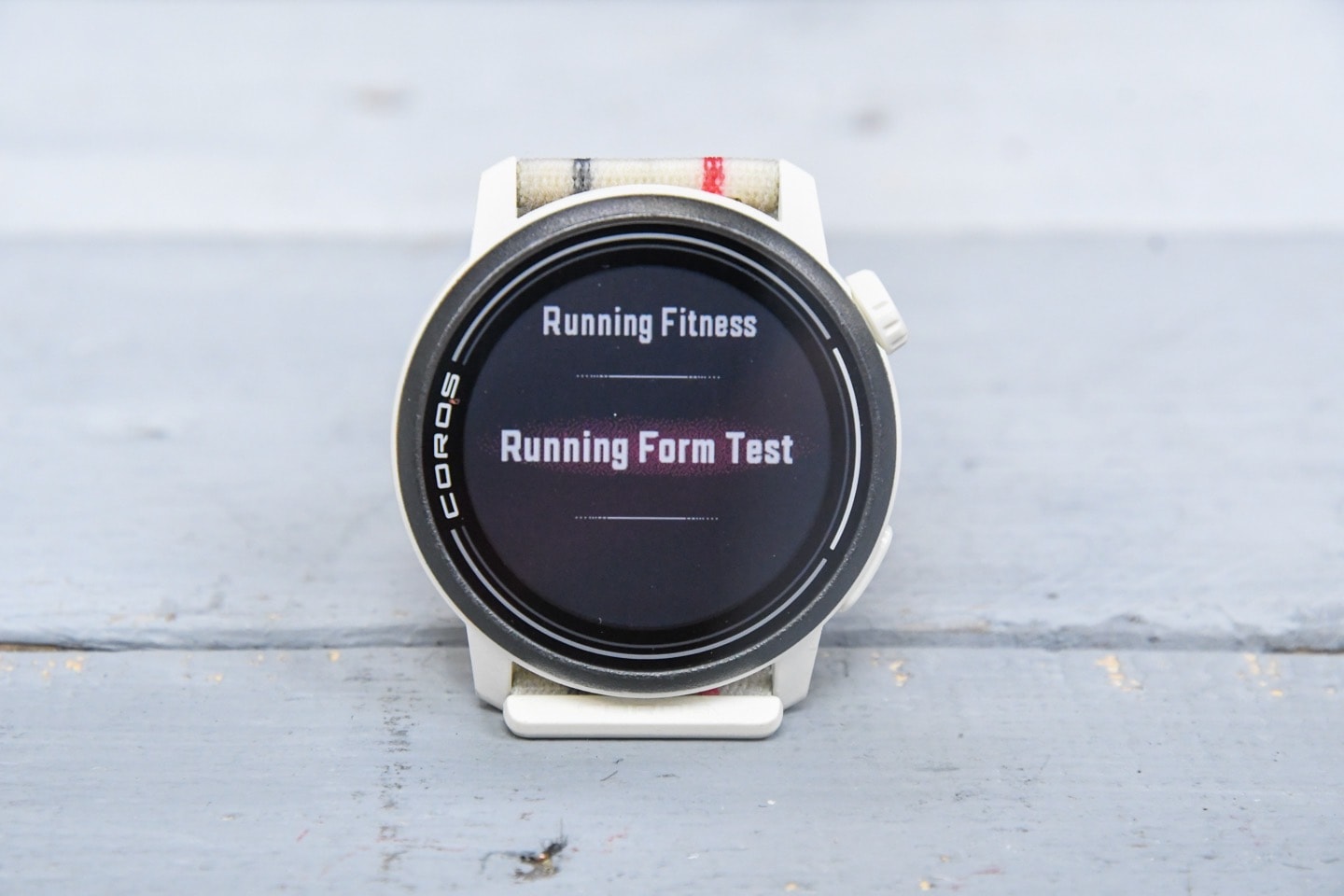
Then, it’ll tell you how long the 10 minute test will be. I say ‘how long’, because apparently this will fluctuate a bit based on your existing running score, and then from there it calculates two chunks, a warm-up, and then a main test section. Neither are fast. In my case, the main test section was basically my long-run pace. Whether or not that’s correct, I don’t know.
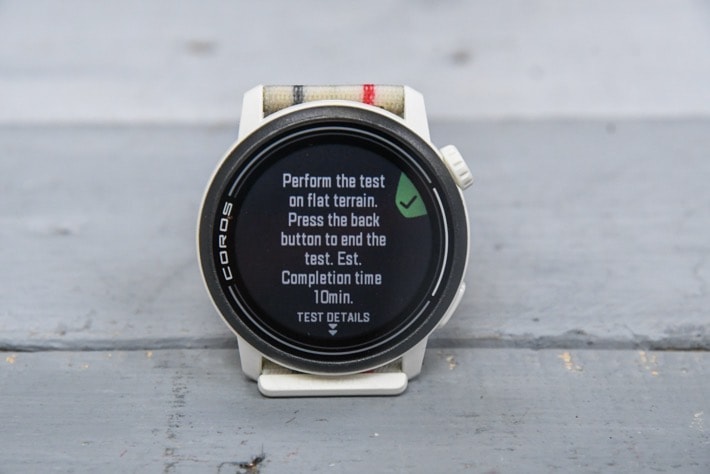
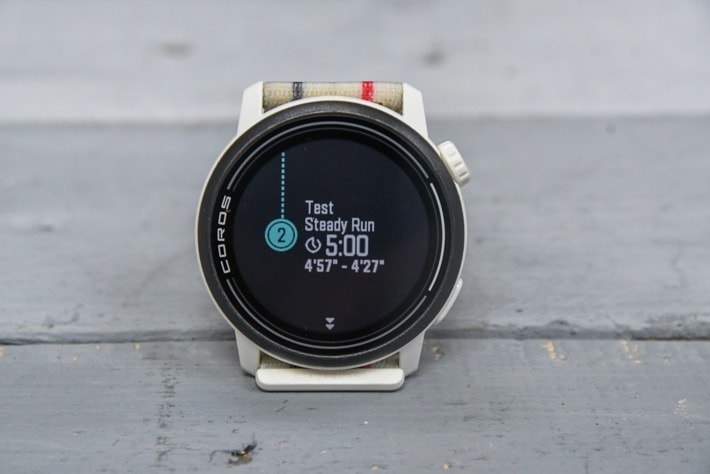
Then, you’ll go off and run till you’re done running. You’ll just see a timer for each section of the test, but otherwise metrics like normal:

At the end of the test it’ll give you a score on the watch, and some summary stats:


After which, you’ll crack open the COROS App, and you’ll see this new page of running metrics, and in particular, the triangle of sorts of your strengths/weaknesses from the little chart, and you can toggle into each section if you want for slightly more data. Here’s a gallery of all those things (for those that want to geek out, I threw a comparative screenshot of the Garmin Running Dynamics with the same metrics from the HRM-PRO Plus, versus the COROS Pod 2 I was wearing):
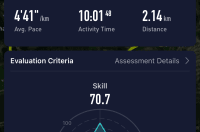
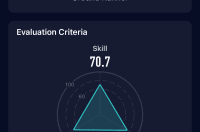
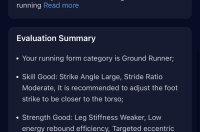
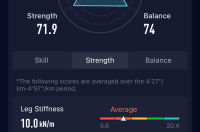
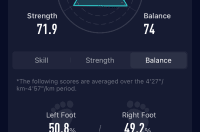
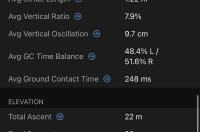
As long-time readers know, I don’t tend to put a lot of stock in running efficiency-type analytics/metrics. Not because the underlying data is wrong, but because most companies (Garmin and COROS included) don’t actually tell you *what* to change. They both just give hand-wavy blah-blah words about what this *might* mean, but not anything actionable.
However, the biggest downside in the COROS case is simply that you have to do this as a separate ‘test’, rather than it just doing this for every run. I don’t entirely understand that. It’s all the same data collected by the pod/app. Perhaps it’s tied to the flat-run requirement, but still, that reminds me of how the flat-run requirement was there when EvoLab first launched.
Stress Monitoring:
Next up is the COROS stress monitoring. This will now track stress throughout the day, when enabled. Note that this is an optional enablement, which COROS says will reduce battery life because they’re turning on the optical HR sensor at a far higher update frequency than before.
You can see this setting under Settings > More Settings > Stress:
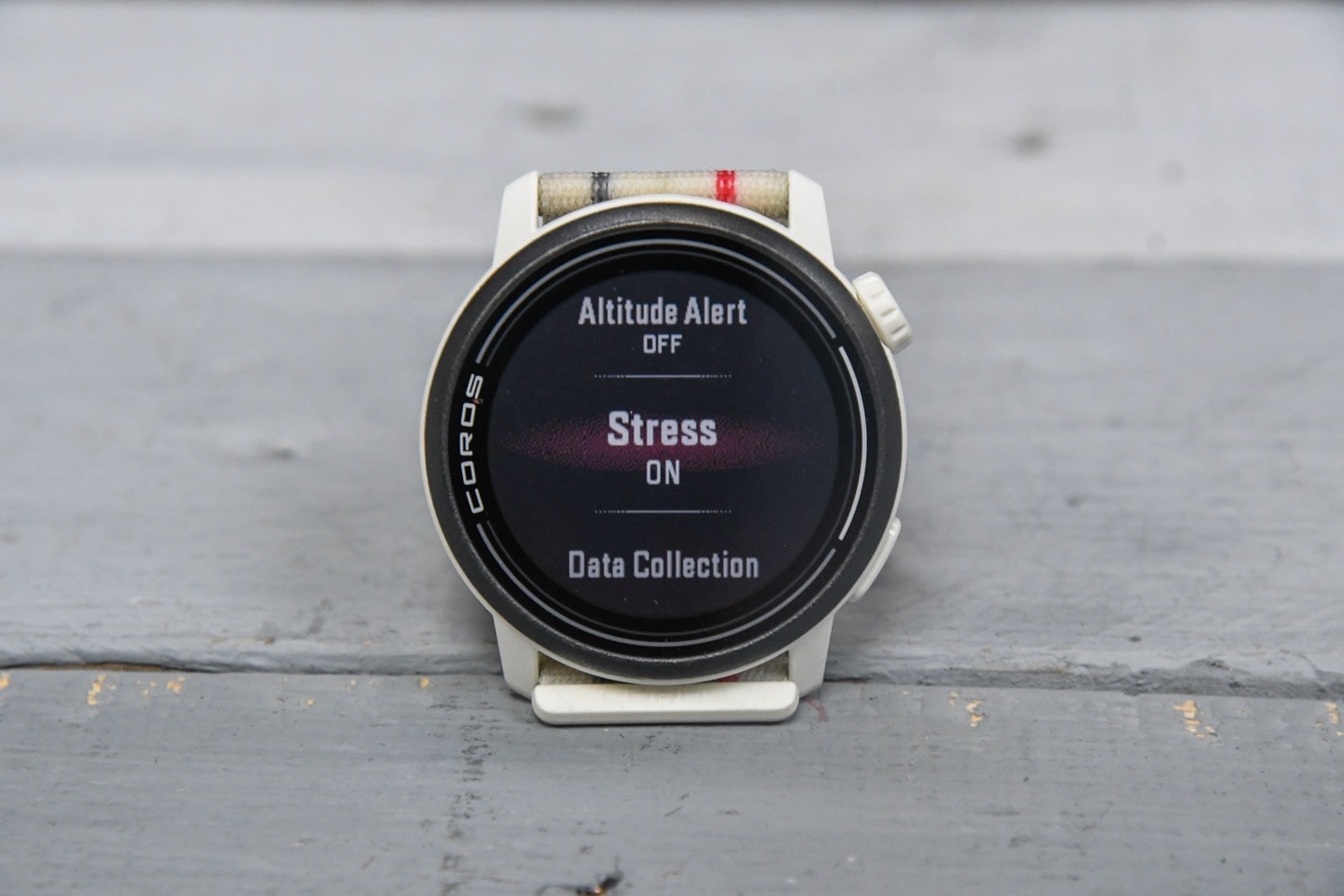
Then, on the watch, you’ll see the results in the widgets:
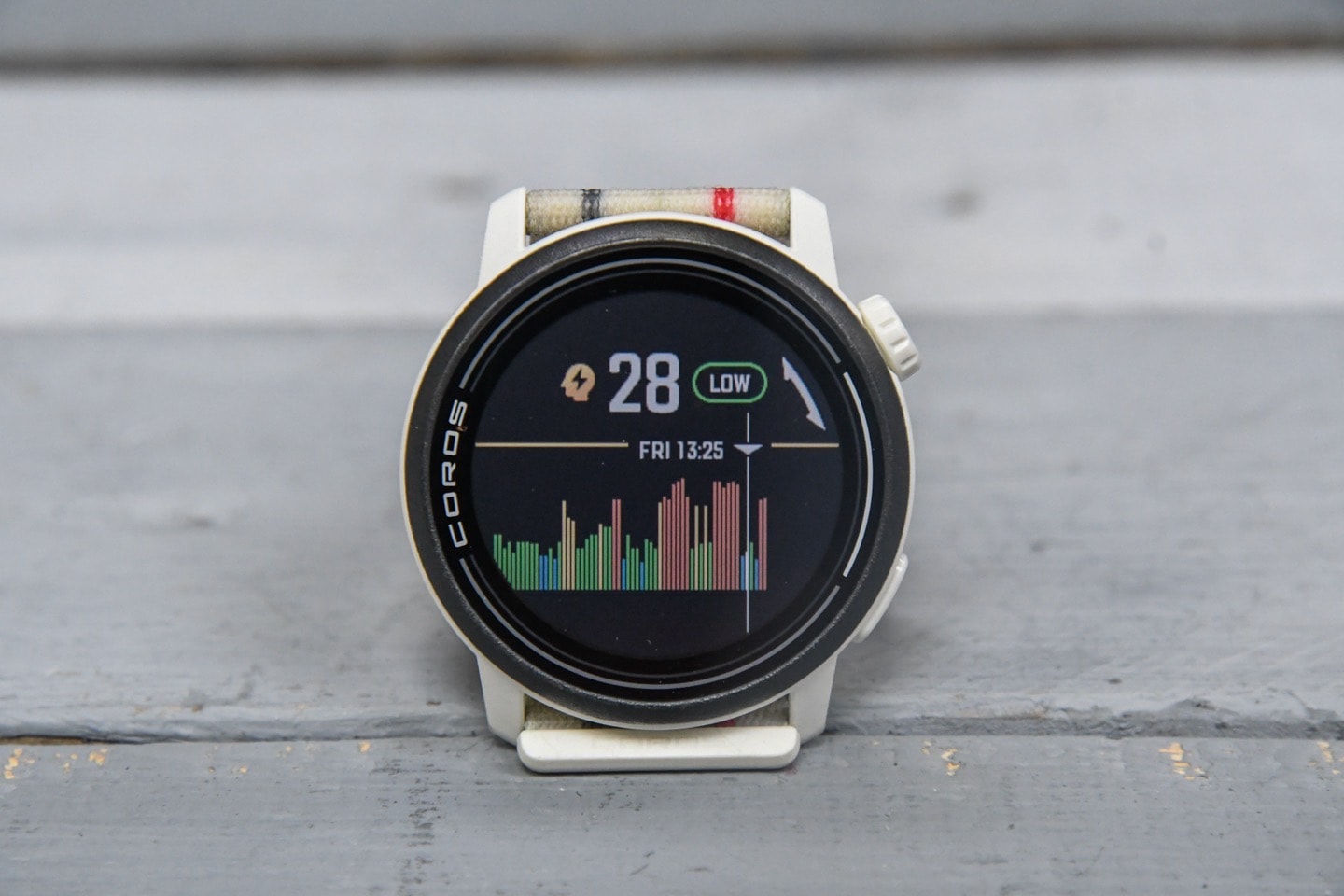
And on the app, you’ll see a new daily stress assessment, assuming you’ve got a night of sleep in there, along with it being after 4PM (since it won’t show until yo have 16 hours that given day):
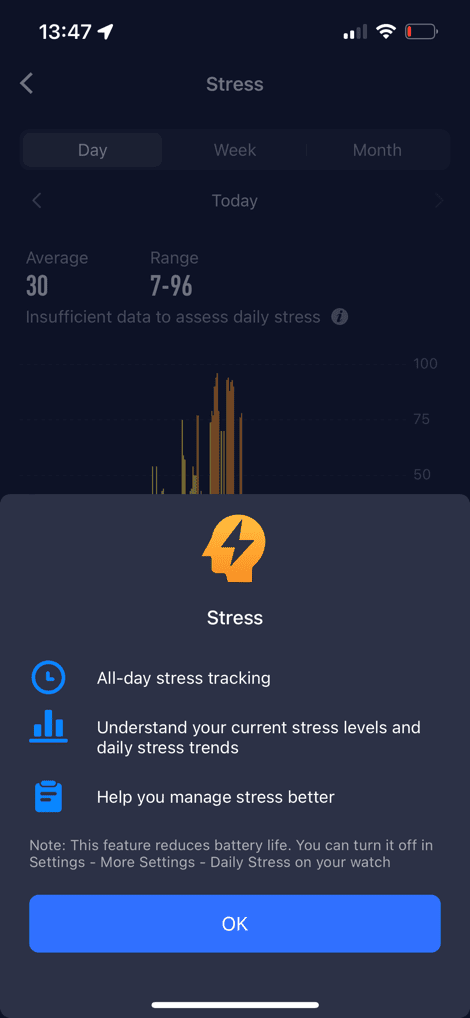
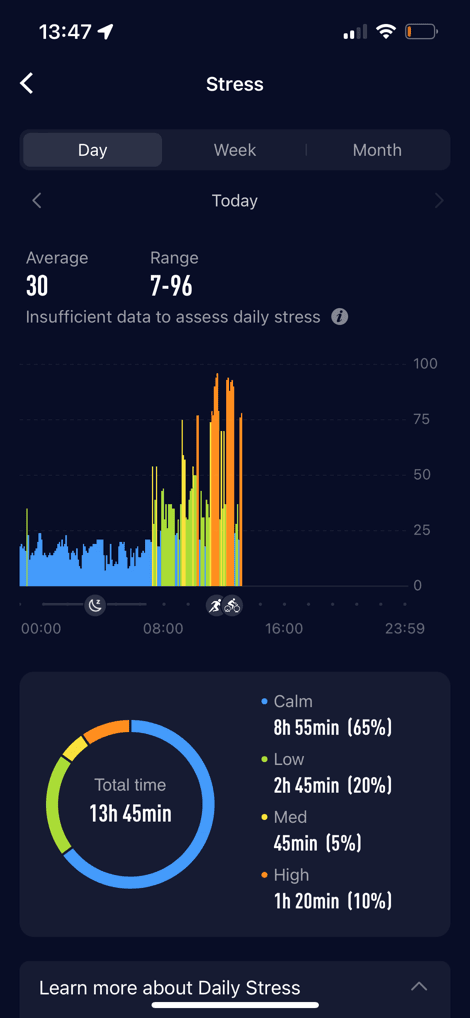
One quirk though of COROS’s stress measurement is that they incorrectly include workout/exercise time. I say ‘incorrectly’, because it can’t calculate stress during workout time, and simply puts it as a high-stress activity. Whereas Garmin will stop recording stress during workout times, and even just after you press stop on a workout – it’ll tell you that you need to cool-down first, before stress monitoring resumes. Note the differences (the gaps where I did workouts on the Garmin, versus red on the COROS):

When I met with COROS’s CEO’s back earlier this winter, one of the key messages I told them was that they needed to understand the features they were copying from others. Time and time again, COROS copies features, but doesn’t understand enough of what they copy and ends up getting the science part wrong. Whether or not we agree with the concept/theory of a metric (totally fine to debate whether stress as a metric is usable) is different than whether or not a company collects usable data to drive such a metric (useless to include workout time as a high-stress activity).
Of course, as COROS enables these metrics, they’ll (very quickly) eat away at the battery life claims they’re so well known for. I do appreciate they give the option to turn it on/off. The point though is that people have often wondered why COROS gets so much higher 24×7 battery life than almost any other company, and the answer has largely been pretty simple: They didn’t enable most 24×7 metrics at an update rate even 1/100th that of their competitors (for example in a stock COROS configuration, they check your HR every 10 minutes, versus everyone else every 1 second. Thus ~1/600th the update rate).
Anyways, moving along.
Wellness Check:
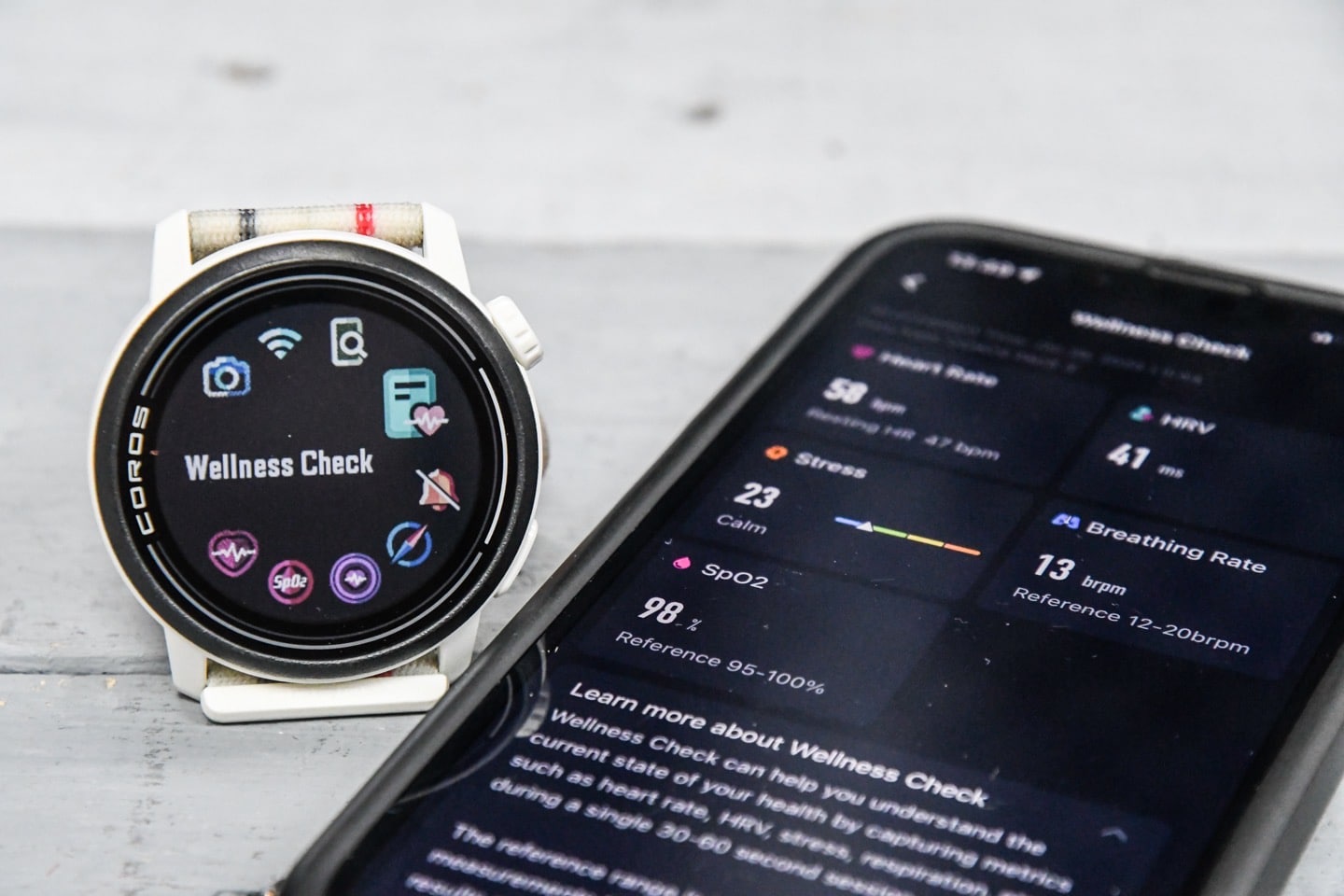
Finally, COROS has added a new Wellness Check feature, which is an identical version of Garmin’s Health Snapshot feature. This feature is a manually initiated spot-check that records your heart rate, HRV value, stress, breathing rate, and SpO2 values.
To access it, you’ll long-hold to get into the controls menu, and you’ll see ‘Wellness Check’ there:

The process takes about 30 seconds to complete, where you should be as still as possible (and ideally relaxed).
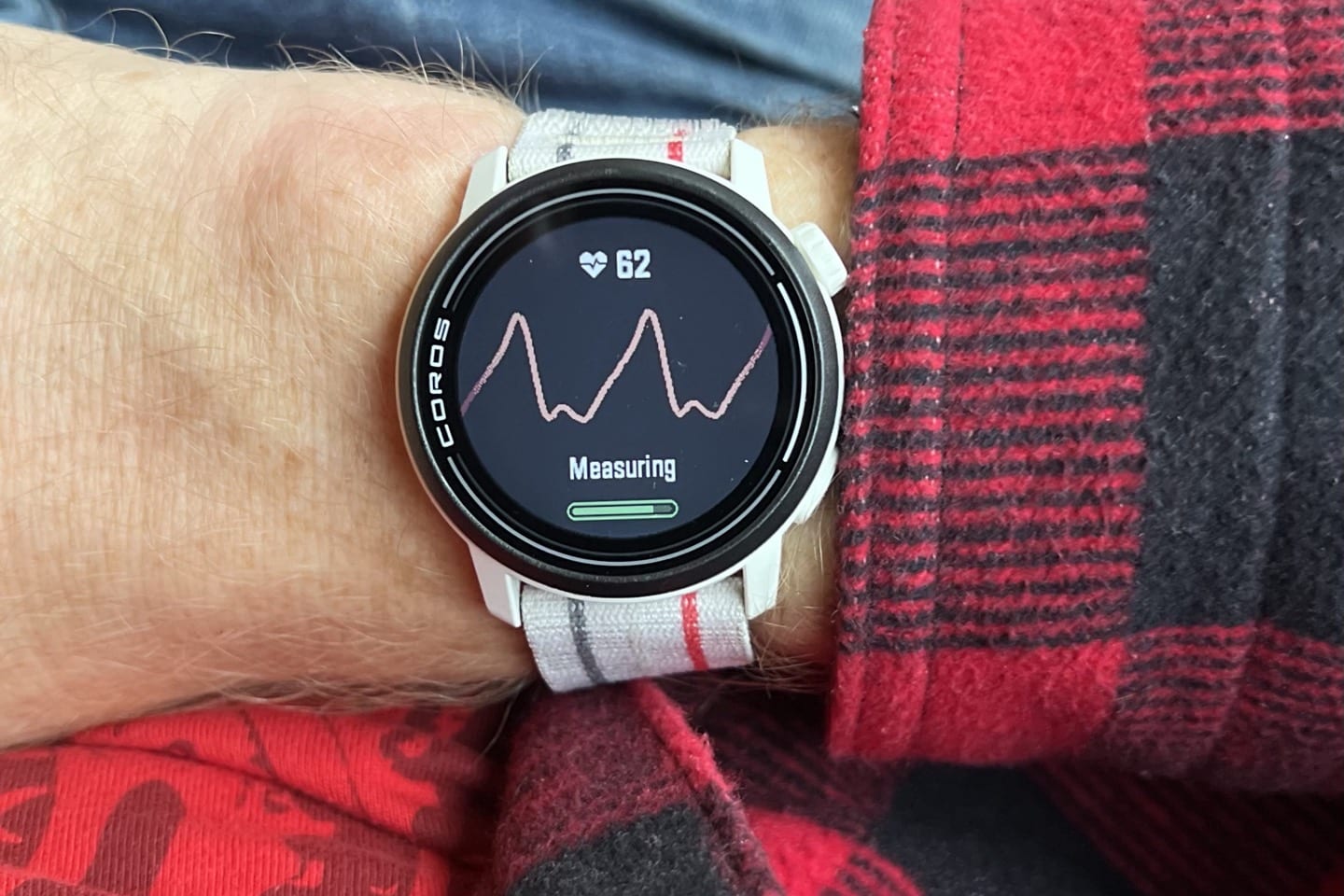
After completion, it’ll show the stats for the spot check:
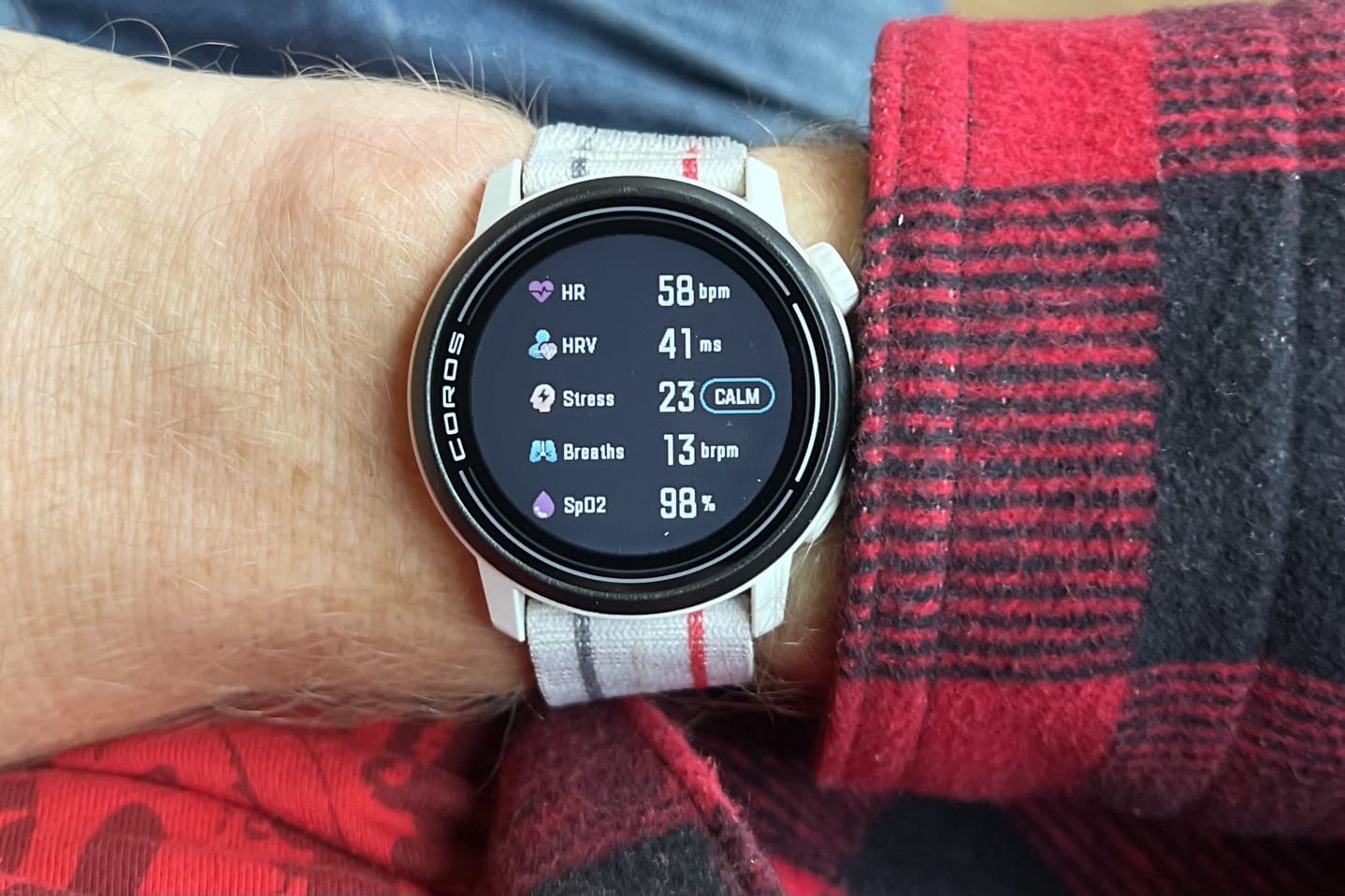
Next, you can see both the most recent stats on your COROS app, as well as historical checks. Like Garmin, there is no trending/charts of these wellness checks, it’s just a list of them. That somewhat makes sense, because they can be done at very different times.
Personalized Marathon Plans:
Meanwhile, on the app side, they’ve added personalized marathon training plans. The app will leverage the data in your COROS account, including your recent weekly mileage and base fitness, to create a marathon plan for you. However note, it does seem to be tied to being able to have your EvoLab score at less than 3:30 marathon time:
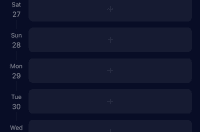
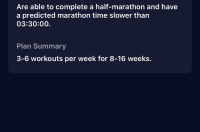
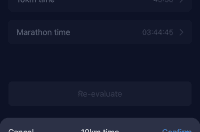
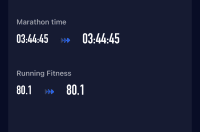
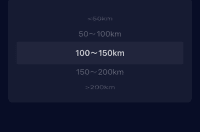
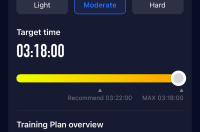
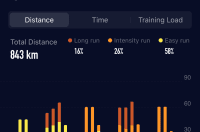
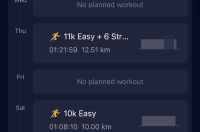
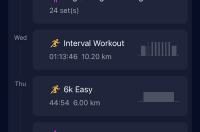
Got all that? Phew. Ok, time for one more workout left in the day: Afternoon skiing with the kiddos. Have a good weekend!

0 Commentaires